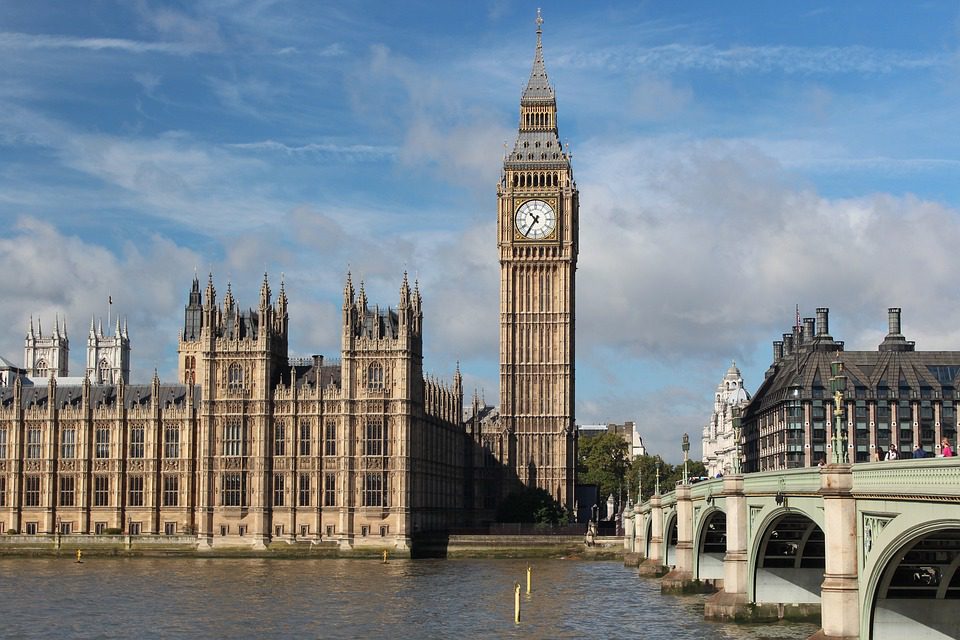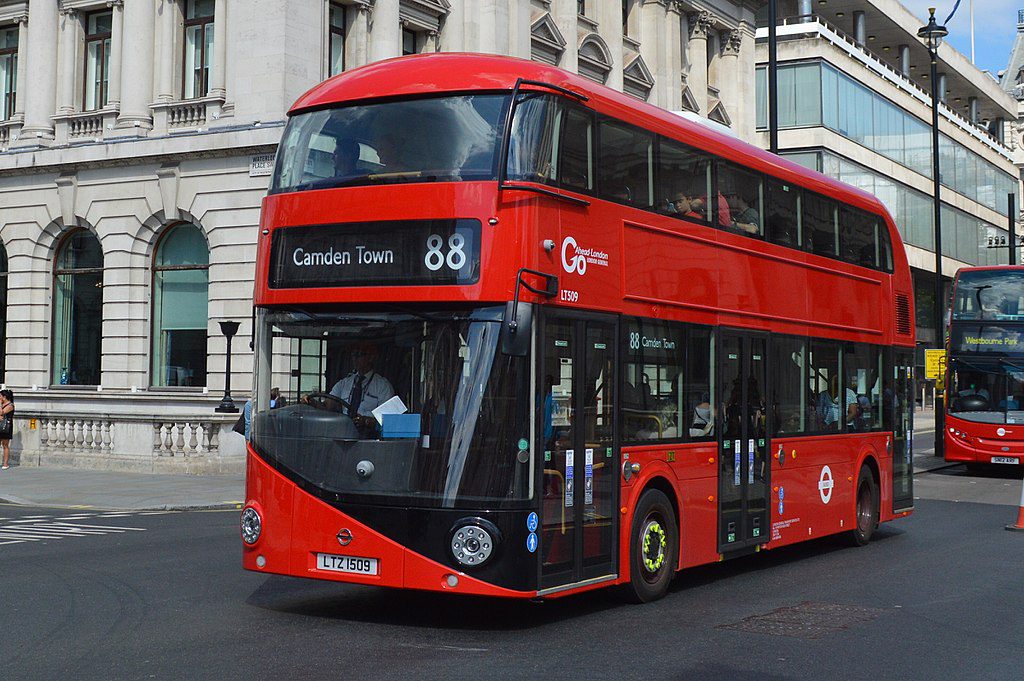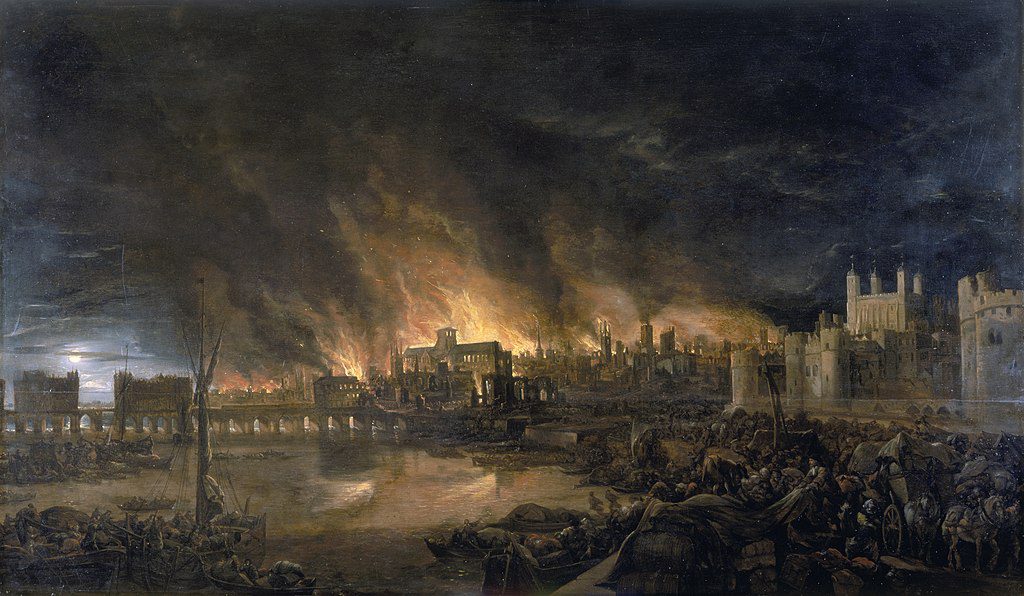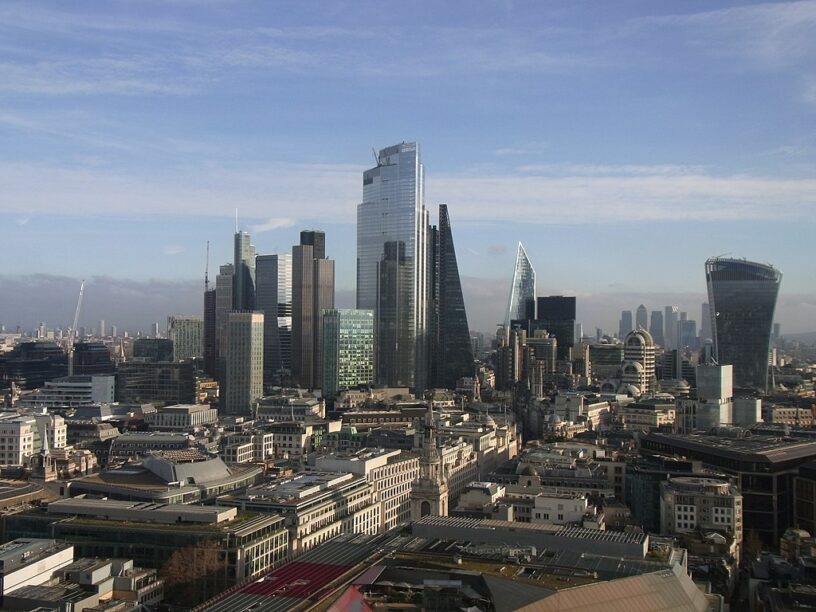20 Best Facts About The City of London, UK
It is hardly surprising that every year, millions of enthusiastic foreign visitors, students, and permanent residents come to London. Its extensive and magical history is apparent in daily life through its amazing architectural marvels, cultural and social diversity, and amazing stories.
If you think you know everything there is to know about the capital of the UK, we bet there’s a lot more you need to know. There are fascinating facts that are totally worth knowing, scroll down and read all of them.
1. Big Ben is actually the name for the clock in the Tower

Palace of Westminster and Big Ben – By © User:Colin / Wikimedia Commons, CC BY-SA 4.0, https://commons.wikimedia.org/w/index.php?curid=35768815
Big Ben is not the name of the famous London Tower, despite how often this is misunderstood. The name of the clock in the Tower is actually Big Ben. These days, everyone—even locals—calls this structure the Big Ben Tower. The tower is located at the northern end of London’s Palace of Westminster. The clock was once known as the Clock Tower, however as of 2012 it has also been given the name Elizabeth Tower.
2. The city of London is actually the smallest city in England
What you see as London is only a small urban area that is a part of the Greater London Region. At 1.2 square miles in size, London has a population of about 7,500 people.
As a result, London is actually England’s smallest city. On the other hand, Greater London is an English territory that includes nearby towns and has a total area of 606 square miles and a population of over 8.7 million people.
3. London has 170 museums

Photograph by Mike Peel (www.mikepeel.net)., CC BY-SA 4.0, via Wikimedia Commons
The museums in this region could not have been neglected because London is a historical centre of culture and history. You would definitely lose out on a lot of your trip if you didn’t stop by one of them if you got the chance to travel to this great city. To name a few, there is the Wallace Collection, British Library, National Gallery, Imperial War Museum, and British Museum.
4. They have the smallest statue in the world
The smallest statue in the world is an artwork of two mice munching on a piece of cheese. You have to pay attention or have someone point it out because it is so small. The importance of it may be a mystery to you.
It has a fascinating backstory. According to history, the statue was erected in honour of two builders who got into a fight after claiming one had eaten their dinner while the other hadn’t. It was then determined that the mice had truly eaten their supper before they both passed away.
5. The story that it is illegal to die in Parliament is a pure myth
The idea that it is unlawful to pass away in Parliament is untrue. Authorities have attempted to persuade people that there is no such restriction in an effort to address concerns about its popularity. Several people were also curious as to how this belief would have come to be.
The belief that every person who passes away at the Royal Palace is entitled to a state funeral is thought to be the origin of this urban myth. Yet, it is not a myth that people cannot enter the London Parliament House while wearing armour suits.
6. There are over 300 languages spoken in London

Daniel Chapman, CC BY 2.0, via Wikimedia Commons
London is one of the most diversified cities in the entire world. A sizeable portion of its population, which totals about 8.7 million people, includes foreign nationals. They cling to their ancient customs and speak their own language. Almost 300 different languages are thought to be spoken in London because of its incredible diversity. You can probably find someone to speak to in your mother tongue if you’re travelling to London.
7. London has derived from the old Celtic word “Londinous”
What you currently consider to be a fantastic city has a lengthy and incomplete past. According to certain well-established views, the Romans built London’s initial structures around 50 AD.
The name’s derivation has an obscure past. The names London has had throughout history include Londonium, Ludenwic, and Ludenberg. According to the widely accepted theory, the name London is derived from the ancient Celtic term “Londinous,” which means to be brave.
8. The largest palace in the UK is the House of Parliament
The Houses of Parliament, often known as the Palace of Westminster, is unquestionably one of the many architectural landmarks of which London may be proud. It was initially constructed at the start of the 11th century to house the King of England and is now known as the largest palace in the entire nation.
Sadly, a fire in 1512 destroyed much of it, and another fire in 1834 caused even more severe damage. The Westminster Hall, Jewel Tower, the Cloisters of St. Stephen’s, and the Chapel of St. Mary Undercroft are the only mediaeval constructions to have endured those times.
9. London buses used to have different colours

Martin49 from London, England, CC BY 2.0, via Wikimedia Commons
The image that comes to mind when you think of London is undoubtedly a red bus. It wasn’t always this colour. At one time, each of them had a unique colour, and each colour represented a particular path. In order to stand out from the competitors, the largest bus business, the London General Omnibus Company, decided to paint its vehicles red in 1907. Buses in London have remained red ever since.
10. Black Cab drivers have to go through a lot of training
Most countries just need a driving licence for taxi drivers. However, with London, it is clear that this is not the case. Black Taxi drivers go through extensive training before being hired, despite what you might think from looking around the city. Candidates must memorise every street in London, and training often lasts two to four years.
They must also be quick to draw conclusions about the path that will get them from one place to another in the least amount of time. Now it is very clear why they charge such expensive rates.
11. Charles II ordered his guards to bring six ravens into the Tower of London
Many centuries ago, Charles II gave the order for his soldiers to put six ravens inside the Tower of London because he believed they would help prevent the fortress from collapsing. Even a backup raven was kept in their palace in case one of the six fled. After Charles II’s decision, the superstitious notion lasted for a very long time.
12. The Great Fire of London in 1666 was one of the worst tragedies in the city’s history

Museum of London, Public domain, via Wikimedia Commons
The Great Fire of London in 1666 was one of the most terrible occurrences in the city’s history. The fire completely destroyed almost 70,000 Londoners’ homes, leaving a sizable portion of the city in flames. There were just six confirmed deaths from this horrible incident, despite its catastrophic effects. Despite rumours to the contrary, the fire had completely burned everything, including the dead bodies.
13. More than 8.7 million people reside in the UK’s capital
The UK’s capital is home to more than 8.7 million people, according to the most recent estimate. As a result, London is the most populated city in the UK.
14. The Tower Bridge opened with a bus on it, forcing the bus driver to jump a 10-foot gap
In 1952, Albert Gunter was operating a bus across Tower Bridge when it began to rise while it was still in movement.
Gunter made a quick decision that helped everything turn out well. He put pressure on the bus, accelerated it, and got it to cross a 10 foot gap before landing on the other side. He was rewarded with the day off.
15. The Shard is the tallest building in the EU and the fifth tallest in entire Europe
The Shard, the fifth-tallest structure in all of Europe, is located in the Southwark neighbourhood of Central London. It is the tallest structure in the EU. Almost 310 metres (1,016 feet) tall and was completed in 2012. There are precisely 72 livable floors in the remarkable building. We advise you to climb the Shard for a memorable experience if you ever get to visit London and want to enjoy a breathtaking view.
16. London is home to the oldest underground train system in the world
The London Tube was the first public transit system to use steam engines. The first section of the Metropolitan line from Paddington to Farringdon was opened on January 10, 1863. A second underground line was operational five years later. The oldest surviving steam train, Metropolitan Number 23, is on display at the London Transport Museum.
17. Some areas of London have been inhabited since 4000 BC
At Happisburgh, archaeologists discovered flint tools made by hominoids, also called early humans, who lived during the warmer interglacial periods around 900,000 years ago. Some 13,000 years ago, at Creswell Crags, Ice Age humans are thought to have created the earliest known cave art in England.
The oldest human remains, which are thought to have been extinct for almost 500,000 years, were also found by researchers. The Homo heidelbergensis man, who was six feet tall, was identified by his remains.
18. More than 20 streets in London have names that are derogatory
More than 20 streets in London have names that are incredibly suggestive, funny, and sexual. These streets’ names are provocative and explicit and express what they were known for.
These are a few of the streets: Helmet Row, The Butts and Upper Butts, Newington Butts, White Knobs Way, Copping Close, Fanny Hands Lane, Bird in Bush Road, Clitheroe Road, Kings Butts, Melon Road, Ogle Street, Cumming Street, Swallow Street, Hooker’s Road, Cock Pond, and Cock Lane.
19. The king of Egypt and Sudan presented Cleopatra’s Needle to the United Kingdom in 1819

Cleopatra’s Needle by Colin Smith, CC BY-SA 2.0, via Wikimedia Commons
In 1819, Muhammad Ali, the monarch of Egypt and Sudan, gave Cleopatra’s Needle to the British Empire as a tribute to Sir Ralph Abercromby’s victory at the Battle of Alexandria in 1801 and Lord Nelson’s win at the Battle of the Nile.
The historic Egyptian obelisk was left in Alexandria, though, until Sir William James Erasmus Wilson offered to pay £10,000 to have it shipped to London in 1877. Finally, on September 12, 1878, the obelisk was built on the Thames Embankment.
20. London has hosted the Olympics three times
London is the only city in the world to have hosted the Olympics three times, in 1908, 1948, and 2012.
There’s a lot more about this historic city that we’re sure you’ll find other facts about London that are also just as interesting and let us know when you do.
Planning a trip to Paris ? Get ready !
These are Amazon’s best-selling travel products that you may need for coming to Paris.
Bookstore
- The best travel book : Rick Steves – Paris 2023 – Learn more here
- Fodor’s Paris 2024 – Learn more here
Travel Gear
- Venture Pal Lightweight Backpack – Learn more here
- Samsonite Winfield 2 28″ Luggage – Learn more here
- Swig Savvy’s Stainless Steel Insulated Water Bottle – Learn more here
Check Amazon’s best-seller list for the most popular travel accessories. We sometimes read this list just to find out what new travel products people are buying.











